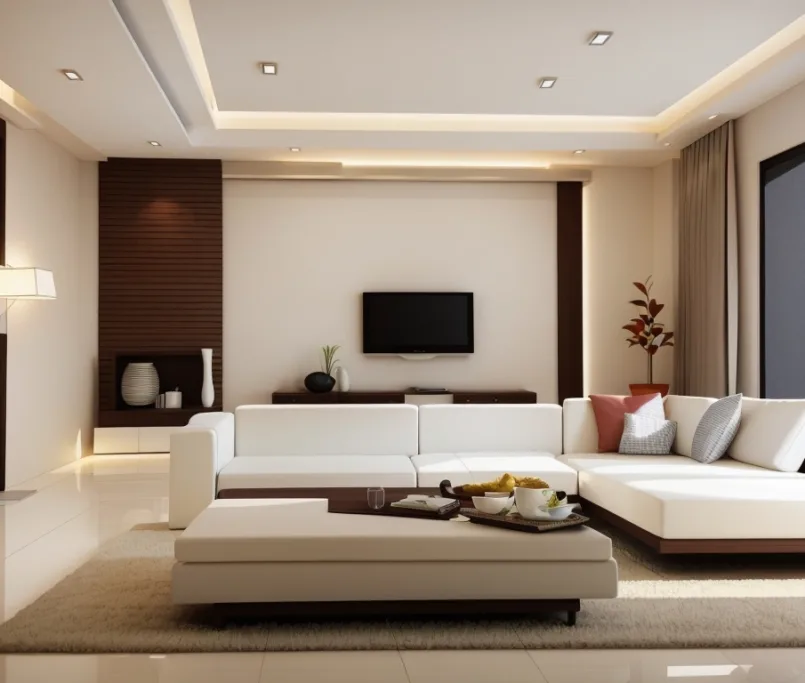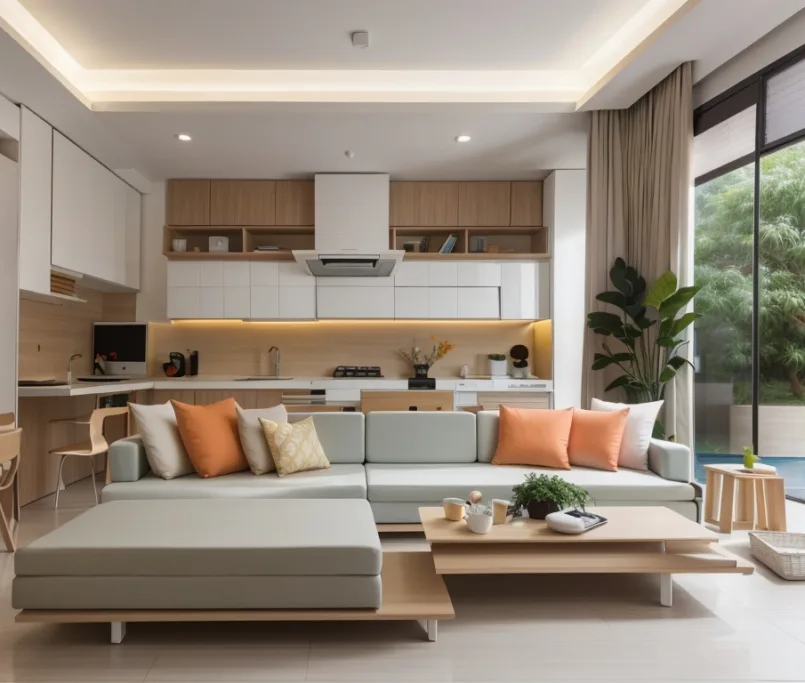Designing a Minimalist Kitchen Set
When it comes to designing a kitchen, minimalism has become an increasingly popular choice. A minimalist kitchen set offers a sleek and clean aesthetic, while also maximizing functionality and efficiency. In this blog post, we will explore the key elements and considerations for designing a minimalist kitchen set.
1. Color Palette
One of the defining characteristics of a minimalist kitchen set is a simple and neutral color palette. Opt for shades of white, gray, or beige to create a clean and timeless look. These colors not only make the space appear larger and brighter but also provide a perfect backdrop for other design elements.
2. Streamlined Cabinets
Cabinets are an essential component of any kitchen, and in a minimalist design, they should be sleek and streamlined. Choose cabinets with clean lines, flat-front doors, and minimal hardware. Consider opting for handle-less cabinets or integrated handles for a seamless and minimalist look.
3. Minimalist Countertops
When selecting countertops for a minimalist kitchen set, go for materials with a smooth and simple finish. Quartz or solid surface countertops work well in minimalist designs due to their clean lines and low maintenance. Avoid excessive patterns or textures, as they can disrupt the minimalist aesthetic.
4. Functional Layout
A minimalist kitchen set should prioritize functionality and efficiency. Opt for a layout that allows for easy movement and access to essential areas such as the sink, stove, and refrigerator. Consider incorporating an island or peninsula to provide additional workspace and storage.
5. Integrated Appliances
In a minimalist kitchen set, appliances should be seamlessly integrated into the design. Choose built-in or panel-ready appliances that blend with the cabinetry for a cohesive and streamlined look. This helps to maintain the clean lines and uncluttered appearance of the space.
6. Ample Storage
Storage is crucial in any kitchen, and a minimalist design is no exception. Maximize storage space by utilizing vertical cabinets, pull-out drawers, and hidden storage solutions. Keep countertops clear of unnecessary clutter to maintain the minimalist aesthetic.
7. Lighting
Proper lighting is essential in a minimalist kitchen set to enhance the overall ambiance and functionality. Incorporate a combination of natural and artificial lighting to create a well-lit space. Consider pendant lights or recessed lighting for a clean and modern look.
8. Minimalist Accessories
When it comes to accessorizing a minimalist kitchen set, less is more. Choose a few carefully curated items that complement the overall design. Opt for simple and functional accessories such as a sleek knife set, minimalist cookware, or a stylish fruit bowl.
9. Clean Lines and Geometric Shapes
Emphasize clean lines and geometric shapes throughout the design to enhance the minimalist aesthetic. From cabinet handles to backsplash tiles, incorporate elements with straight lines and simple shapes. This adds visual interest without overwhelming the space.
10. Declutter Regularly
Maintaining a minimalist kitchen set requires regular decluttering. Keep countertops clear of unnecessary items and regularly assess your storage to ensure everything has its place. This will help maintain the clean and organized look that is characteristic of a minimalist design.
In conclusion, designing a minimalist kitchen set involves careful consideration of color palette, streamlined cabinets, functional layout, integrated appliances, ample storage, proper lighting, minimalist accessories, clean lines, and regular decluttering. By incorporating these elements, you can create a kitchen that is not only visually appealing but also highly functional and efficient.




